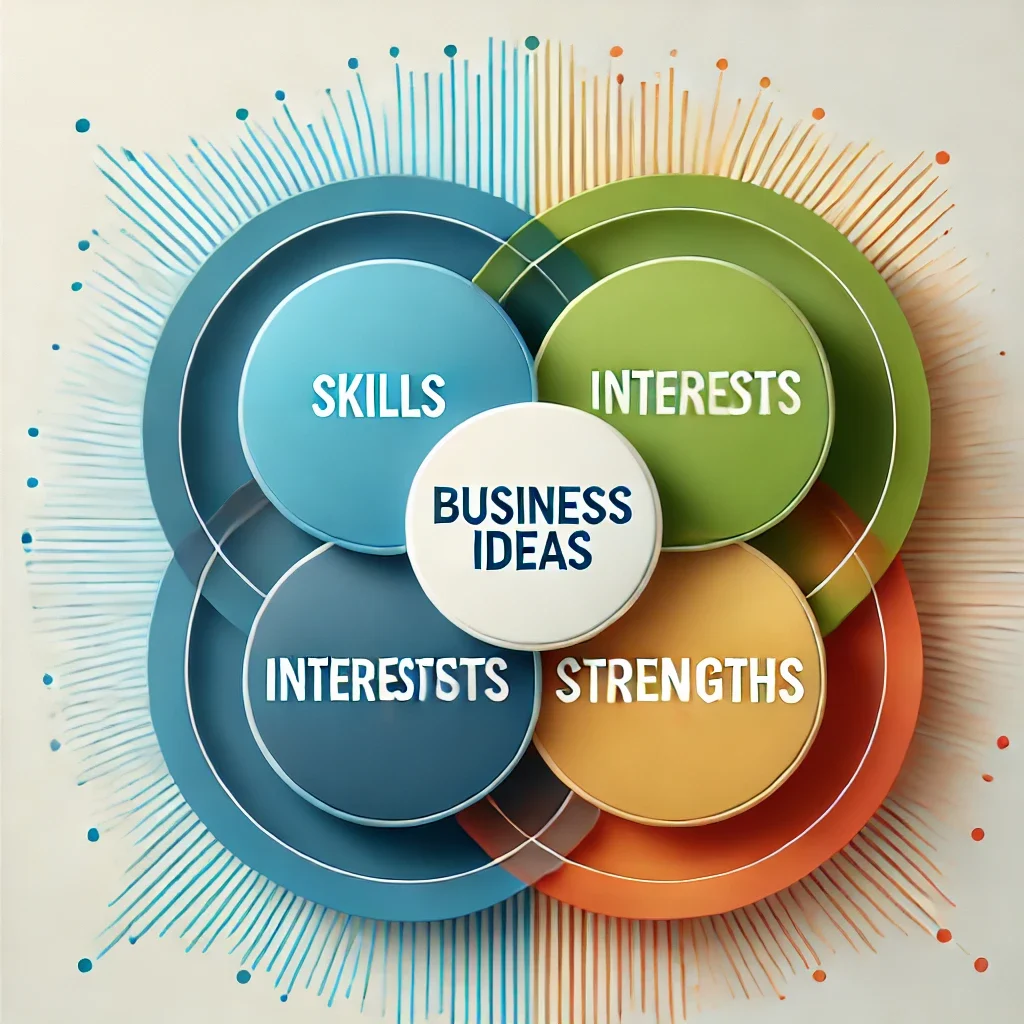Starting a business is an exciting journey, but it can feel daunting if you’re at square one, staring at a blank slate. The good news? You’re not alone. Many successful entrepreneurs began their journey just like you, wondering, “What business should I start?” The process of discovering your business idea can be as rewarding as running the business itself. Here’s a comprehensive guide to help you uncover the right business idea and turn your entrepreneurial dreams into reality.
Step 1: Understand Why You Want to Start a Business
Before diving into brainstorming, take a moment to reflect on your motivation. Ask yourself:
- Why do I want to start a business?
- Is it financial freedom? Flexibility? Passion for creating something new?
- What do I hope to achieve?
- Are you looking for a side hustle, a full-time income, or a legacy business?
- What does success look like to me?
- Success can mean different things—freedom, wealth, or making a positive impact.
Having clarity on your goals will guide your choices and help you stay focused throughout your entrepreneurial journey.
Step 2: Assess Your Skills, Interests, and Strengths

Your ideal business idea lies at the intersection of what you’re good at and what you enjoy. Create a list of:
- Skills: What are you naturally good at or trained in? Examples include writing, graphic design, or project management.
- Interests: What hobbies or activities bring you joy? Examples include cooking, fitness, or crafting.
- Strengths: What do others often compliment you on? Examples include problem-solving, leadership, or creativity.
Once you have a list, look for patterns or overlaps. For example, if you’re skilled at graphic design and passionate about fitness, you might explore designing fitness-related merchandise.
Step 3: Identify Market Needs and Gaps
Successful businesses solve problems or fulfill unmet needs. Start by observing your surroundings and asking questions like:
- What frustrations do I experience daily?
- Could you create a solution for yourself that others would also value?
- What challenges do people around me face?
- Friends, family, and coworkers can be a goldmine of business ideas.
- What trends or industries are growing?
- Research emerging markets, such as sustainability, remote work tools, or mental health.
Use tools like Google Trends, social media, and online forums to explore what people are talking about and where there’s demand.
Step 4: Explore Business Idea Frameworks

If you’re still stuck, consider these popular frameworks for generating ideas:
- The Passion + Profit Model:
- List your passions and brainstorm ways to monetize them. For example, if you love photography, consider selling prints, offering classes, or creating a stock photo library.
- The Problem-Solving Model:
- Identify a specific problem and build a business around solving it. For instance, a meal delivery service for people with dietary restrictions.
- The Skill Monetization Model:
- Leverage a skill you already have. If you’re fluent in a second language, you could offer translation services or language lessons.
- The Marketplace Model:
- Connect buyers and sellers. Examples include starting an online marketplace for handmade goods or launching a freelance services platform.
Step 5: Research and Validate Your Ideas

Once you’ve brainstormed potential ideas, narrow down your options by validating them. Here’s how:
- Conduct Market Research:
- Use tools like surveys, interviews, or focus groups to gauge interest.
- Study competitors to identify strengths, weaknesses, and gaps you could fill.
- Test the Demand:
- Create a landing page describing your idea and run ads to see if people are interested.
- Offer a beta version of your product or service to a small audience and gather feedback.
- Analyze Feasibility:
- Consider the resources, time, and money required to bring your idea to life.
- Assess potential profitability and scalability.
Step 6: Explore Low-Risk Business Models
If you’re unsure about diving in headfirst, consider starting with a low-risk business model. These include:
- Freelancing: Offer services like writing, graphic design, or consulting.
- Dropshipping: Sell products online without holding inventory.
- Affiliate Marketing: Promote others’ products and earn a commission for sales.
- Print-on-Demand: Create custom designs for products like t-shirts or mugs and sell them online.
- Digital Products: Sell e-books, courses, or templates that require no inventory.
Step 7: Refine Your Idea into a Business Plan
Once you’ve settled on an idea, it’s time to create a roadmap. A business plan doesn’t have to be lengthy but should include:
- Mission Statement:
- Define the purpose of your business and what makes it unique.
- Target Audience:
- Describe who your ideal customers are and their pain points.
- Products or Services:
- Outline what you’re offering and the benefits it provides.
- Marketing Strategy:
- Detail how you’ll attract and retain customers.
- Financial Plan:
- Include startup costs, pricing, and revenue projections.
- Action Plan:
- Break down your goals into actionable steps with deadlines.
Step 8: Start Small and Iterate
You don’t need to have everything perfect before starting. Begin with a Minimum Viable Product (MVP) to test your idea. Gather feedback, make improvements, and scale gradually. Starting small reduces risk and allows you to learn as you go.
Step 9: Stay Inspired and Keep Learning
Entrepreneurship is a continuous learning process. Surround yourself with inspiration by:
- Reading books, blogs, and articles about successful entrepreneurs.
- Joining communities of like-minded individuals, such as networking groups or online forums.
- Listening to podcasts or attending webinars to stay updated on trends and strategies.
Step 10: Take Action

The most important step in starting a business is to take action. Overthinking can lead to analysis paralysis, so don’t wait for the “perfect” idea or moment. Start with what you have and take the first step today.
Remember, many successful businesses started as simple, imperfect ideas. The key is to start, adapt, and keep moving forward.
Conclusion
Starting a business without a clear idea can feel overwhelming, but it’s also an incredible opportunity to explore your passions, strengths, and the needs of the world around you. By following these steps, you’ll not only discover a business idea that resonates with you but also gain the confidence to bring it to life.
So, are you ready to take the leap? Start brainstorming, researching, and experimenting. Your entrepreneurial journey awaits!